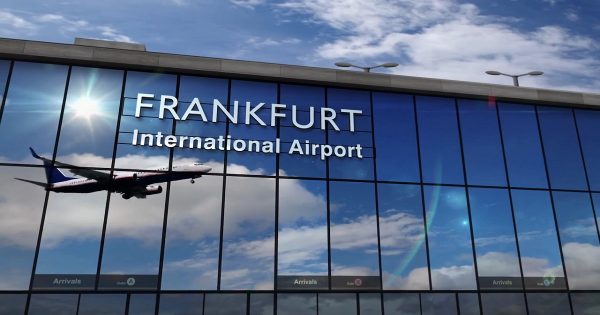Manila’s Ninoy Aquino International Airport (MNL) is to overhaul the technology at Terminals 1 and 2.
The Philippines’ busiest airport is to introduce a number of upgrades to its passenger processing systems to speed up passenger flows.
In this first stage, the airport will introduce:
- self-service check-in kiosks
- self bag drop
- baggage tracking technology
- self-boarding gates
A new departure control system will also be implemented, providing back up to airlines in cases of disruption of their systems.
Following the initial upgrade, Manila International Airport Authority will also evaluate new security systems which could incorporate mobile bar-coded boarding passes.
All the new systems are being supplied by SITA.
Ed Monreal, GM of Manila International Airport Authority:
“Our aim is to improve the airport experience for passengers at Ninoy Aquino International Airport. SITA’s next-generation technology allows the airlines to offer fast and efficient service in Terminals 1 and 2 and its baggage reconciliation system will also ensure bags are electronically tracked until aircraft loading, reducing passenger inconvenience of mishandled bags.
“We are starting with shared airport systems and as we progress in our transformation we plan to introduce self-service technology such as check-in kiosks, bag drop and possibly self-boarding. The airlines have committed to test these self-service systems in the coming months as we work together to alleviate the peak season passenger surge.”
Ilya Gutlin, SITA’s president for Asia Pacific:
“This is an exciting time for the air transport industry in the Philippines. Passenger traffic is growing and there is a clear commitment from the authorities to transform the passenger experience at Ninoy Aquino International Airport. SITA’s world-class technology will replace legacy systems at NAIA and underpin that transformation. It will provide the opportunity for a better passenger experience at every step of the journey while enabling efficient airport operations.”
NAIA currently handles more than 37 million passengers annually, making it one of Southeast Asia’s busiest airports.
N.B. Image credit: Sita







